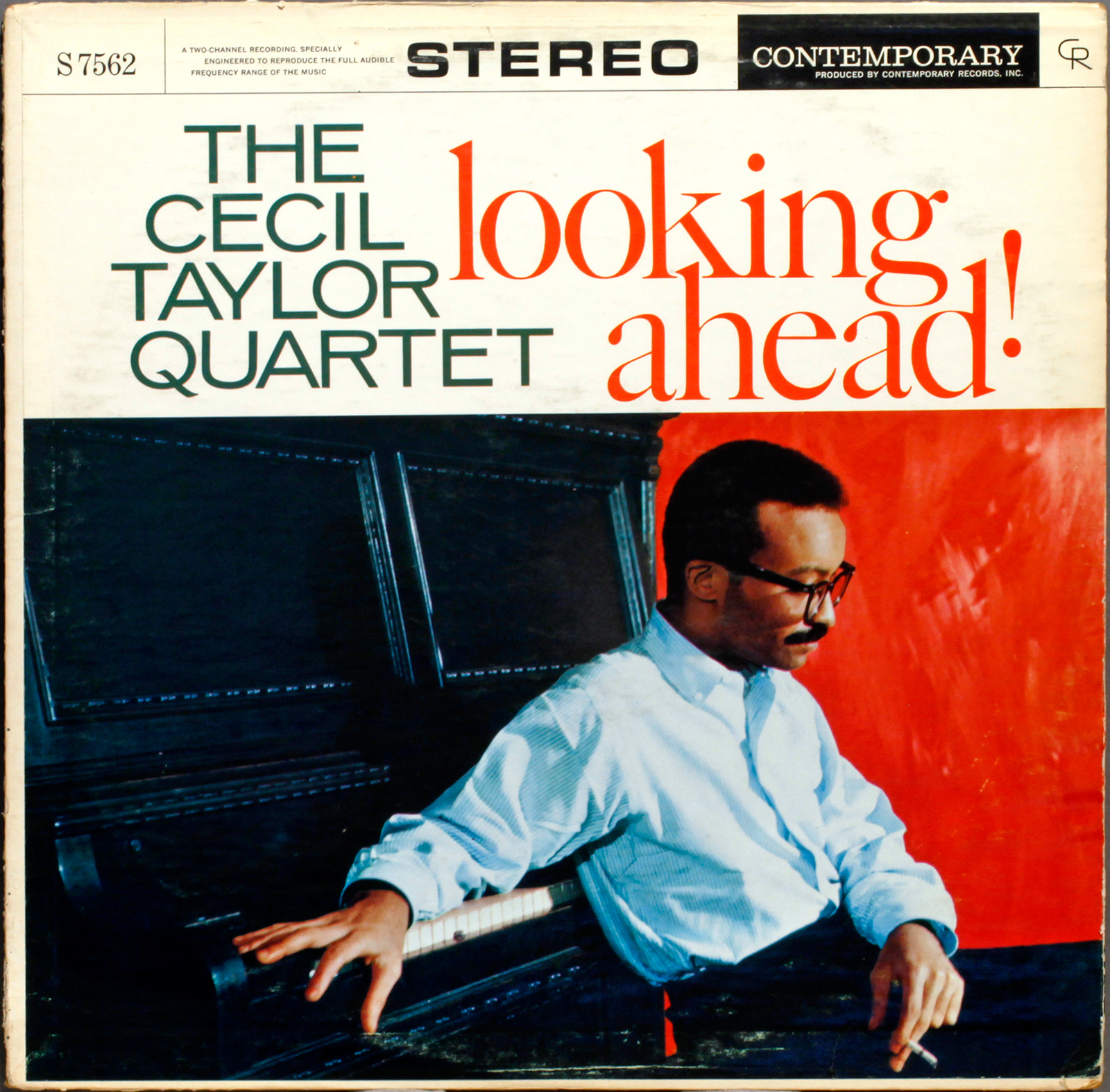Playing the music(s) we call jazz is not an easy life, neither regarding the art itself, nor as a way to make a living. The reasons for anyone to follow that path fall beyond the realm of logic; art is a tricky business, and longevity and sheer stubbornness do not necessarily bring about recognition and financial support for the artist’s work. Luck and chance can make or break a career. Even so, there are men and women who work relentlessly to realize whatever shakes their spirits. If there is one musician who’s taken his art to an overwhelming standard of technical virtuosity, swimming against the strongest tides of disapproval, that must be Cecil Taylor, who turns 85 today.
 |
| © Naiel Ibarrola, 2014 |
Taylor, even if he was once applauded by Erroll Garner, no less, had to fight bad pianos, dodgy promoters, non-steady gigs, the stern opposition from part of the African-American community — his own people, so to speak. This might have discouraged a lesser man, but not Taylor. It may have made him something of an outsider, but it didn't stop him, at least not for long.
One of the reasons why Taylor has provoked so much hostility may be that he is an intimidating man. His music is uncommon, and yet he does it with devastating energy and determination, a level of virtuosity that is ridiculous, and reflecting his wide interests in the arts in general, especially dance (he's a fan of flamenco dancer Carmen Amaya) and also painting and poetry. Not only that: although the intensity he displays can reach unbearable levels, and he can hold it there for long stretches, there is no apparent paroxysm. He seems to be always in control, and his pointillistic piano sounds always conscious and deliberate.
I have seen Cecil Taylor play live in three occasions, with Max Roach in 1999, sharing the bill with Bill Dixon, and with Anthony Braxton on their first ever gig together. These were challenging concerts, the music was dense, and Taylor is often relentless in the intensity of his performances (although his opening notes in the latter were so unexpectedly sweet and tender that sighs were heard). As Dan Morgenstern wrote in a fantastic lesson on how to review a concert as something of an outsider, there's a real possibility for the listener to be "left merely to marvel at the energy on display, without being moved by it". Still worth the effort, in my opinion.
Anyone interested in trying this superb pianist's music from a vantage point closer to the main stream of jazz, should listen to the albums he did as a twenty-something, struggling musician, when he spent more time in odd jobs — at Macy's, for instance — than playing the piano in public. Of those, my favourite is Looking Ahead! (YouTube; liner notes), but you can listen to all his recordings from the 1950s in this playlist, where a number of standards and more conventional rhythm sections provide a handle to dive and start swimming in Taylor's waters.
For more information on Taylor's early career, the definitive account is on AB Spellman's Four Jazz Lives (University of Michigan Press, 2004), formerly Four Lives in the Bebop Business. The exemplary review I mentioned by Dan Morgenstern (of a concert at NYC's Town Hall) is included in his Living with Jazz (Pantheon, 2004).

No comments:
Post a Comment